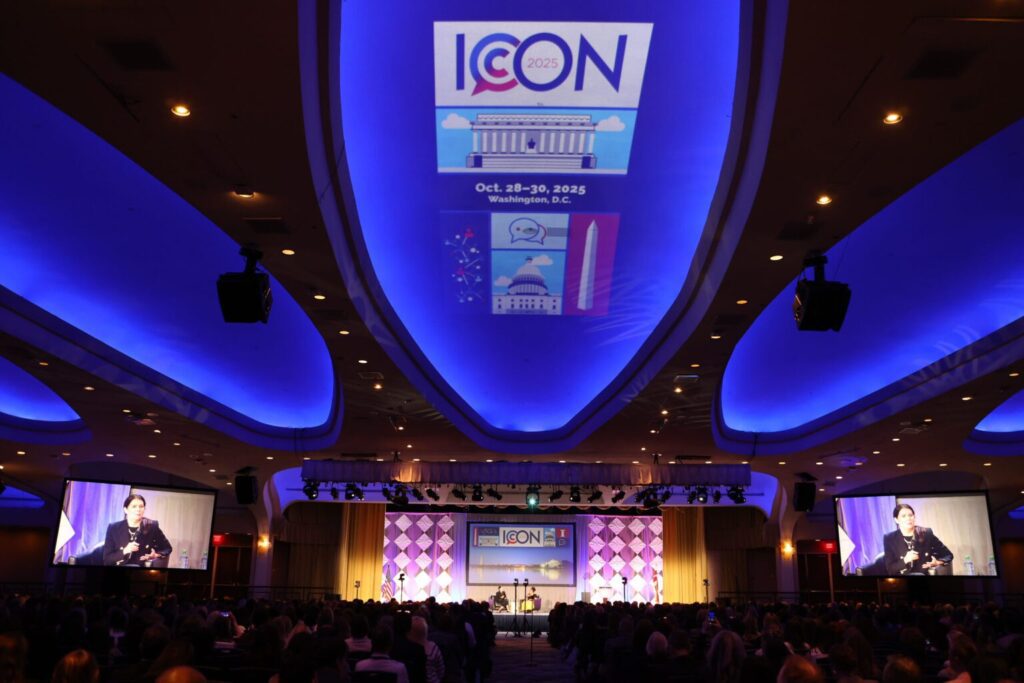Thanks to Facebook, Twitter and other social and rich media outlets, your customers have an forum for voicing their opinions about your brand. The rapidly evolving social networking landscape provides an open playing field for consumers to access your marketing across global, cultural and linguistic lines.
The good news is that social media provides direct access to a global network that extends far beyond the reach of your personal email list. The bad news is that this network is made up of people who speak a lot of different languages and have a myriad of preferences and expectations when it comes to brand loyalty and product choice.
Successful marketers know that the success of their brand messages hinge on speaking to their buyers directly, and regional language and cultural preferences can greatly impact this success.
Social Media’s Global Landscape
The reality for global marketers is that the rest of the world is just as engaged—if not more so—in the social media channels that Americans pioneer. According to a recent study conducted by The Nielsen Company, the reach and usage of social networking and blog sites in Brazil, Italy, Spain and Japan has surpassed the United States and United Kingdom. Further, Twitter’s blog states that at present, over 60% of Twitter accounts are registered outside of the United States. Thus, even for brands that originate here in the United States, the conversation had around that particular brand or product instantly becomes global when a social media presence has been formed.
In June of this year, Morgan Stanley‘s presentation on Internet Trends identified 20 brands or products as being the most “Liked” on Facebook based on the millions of people who opted into their page. Many are the popular brands that we would all expect to see in any Brand Top 20.
Texas Hold ’em Poker was number one, followed not surprisingly (at least to those on Facebook with game playing friends) by Mafia Wars. Facebook itself was number 3, followed by Starbucks, Coca-Cola, YouTube, Skittles, Oreos, Red Bull and Windows Live Messenger
When visiting the official Facebook pages for several of the top five, you can instantly see the global reach of their network. On those pages you can listen to not only what strangers around the world are saying about the brand, but who in your personal network “likes” this as well and what they have to contribute. On the Coca Cola wall, at any given time of the day, conversations happen in various languages, and of the top five “discussions” at the present time three are in languages other than English. (I also know that my friend Brian loves a Coca Cola spiked with Red Bull thanks to a comment left not too long ago.)
Starbucks, the #4 company on the Facebook most “liked” list, has a dedicated tab on its account that allows community members to connect with others around the globe via its official Facebook pages in 20 different countries. Smarter than that, in addition to generating conversation, these brands are also capitalizing on the real-time feedback that can be had via social media to answer questions about products, offer discounts, dispel untruths or handle customer service issues. This ultimately helps keep their brand image in check and when done right can positively impact revenues.
Getting Strategic with Global Social Media
The ever changing landscape of social media has made it no small feat to satisfy the needs of a diverse market. Yet, rather than cower at the vast sea of voices coming through the social media channels, some marketers have learned how to effectively harness these networks to truly listen to their customers voice and develop creative ways to speak to the masses as individuals.
According to Sasha Strauss, managing director and chief strategist at Innovation Protocol, a Los Angeles based brand strategy company, the age old tendency to aggregate consumer groups by demographic is not only unfair, but these categories are subdividing faster than we can keep up. Many of the old tactics employed by marketers in the past just do not work anymore under the current paradigm.
For instance, the notion that you can just swap out images in a campaign to make it appropriate for different countries around the globe no longer applies carte blanche. Plus, simply translating marketing messages without a clear indication of who you are taking to and what their expectations are does not work either. The present truth is that you are dealing with different demographics for each audience and they will expect different things as buyers.
Despite the similarities that tend to group people into a specific demographic, the fact that consumers have consistent access to all information put out through social media allows them to move back and forth between categories more easily. You can’t just assume that all women over 40 in Spain think and operate the same way that women over 40 do in the U.S.
According to Strauss, here are five things to consider when creating your global social media strategy:
1. If you have a social media presence you have already sent an invitation to hold a global conversation.
2. You cannot afford to get complacent. The difference between the old paradigm and the new is that information is moving fast, without keeping your finger on the daily pulse much can be missed by way of information that can help guide your efforts.
3. Ask yourself, what is culturally relevant now? And do the research to back it up.
4. Listen to your network! Companies and agencies have an obligation to ask their customers for guidance and when they respond, take the time to really listen.
5. Social media not only makes your local networks global, but it also brings the global network to you. You can effectively use these channels to mitigate cultural or linguistic faux pas by tapping into them by way of a casual reality check. (Innovation Protocol often uses their social media networks to conduct small virtual focus groups – held in a secure environment – across countries, cultures, race, gender, etc. in order to get feedback and sense-check their brand strategy).
Tackling the Language Barrier
Language is just one of the many challenges faced when addressing a global network through a dynamic outlet like Facebook. When surfing the social media pages for various brands and products (maybe even your own) it is not uncommon to see commentary from people based all over the world. In capturing this feedback, language can sometimes serve as a barrier if your organization does not have in-house resources to read and effectively interpret these comments in other languages.
There are various online applications that will assist you in translating content for free using machine translation, e.g. Google Translate. While these are fine for simply getting the gist of what others are saying for internal purposes, please note that we have found on average that most applications are only 60% accurate and thus, should never be used to construct your marketing messages, lest you be left sounding like a babbling fool. Caution should be exercised even when casually responding to feedback. The best approach is to rely on an experienced agency or language services partner that can assist you in translating feedback and guide you in transcreating messages that would be appropriate for your specific target markets.
In short, there is no need to get washed up by a social media swell. With some careful forethought, active listening and experienced partners to assist you, capturing the global voice through these channels is very doable, if not a must, in order to keep up.
Rebecca Bernard Aguiar is a sales and marketing executive at translation and interpreting firm, Global Language Solutions. She is also the founder of the blog The Cultured Seed.



